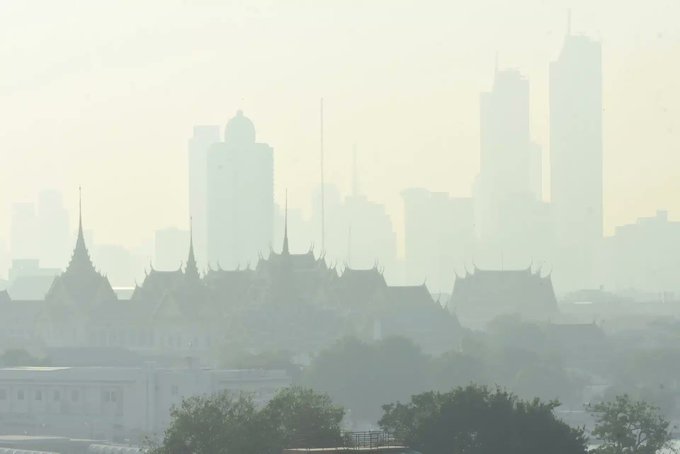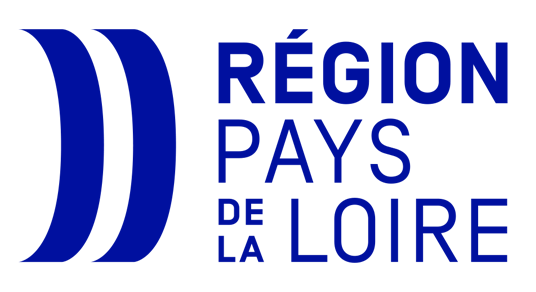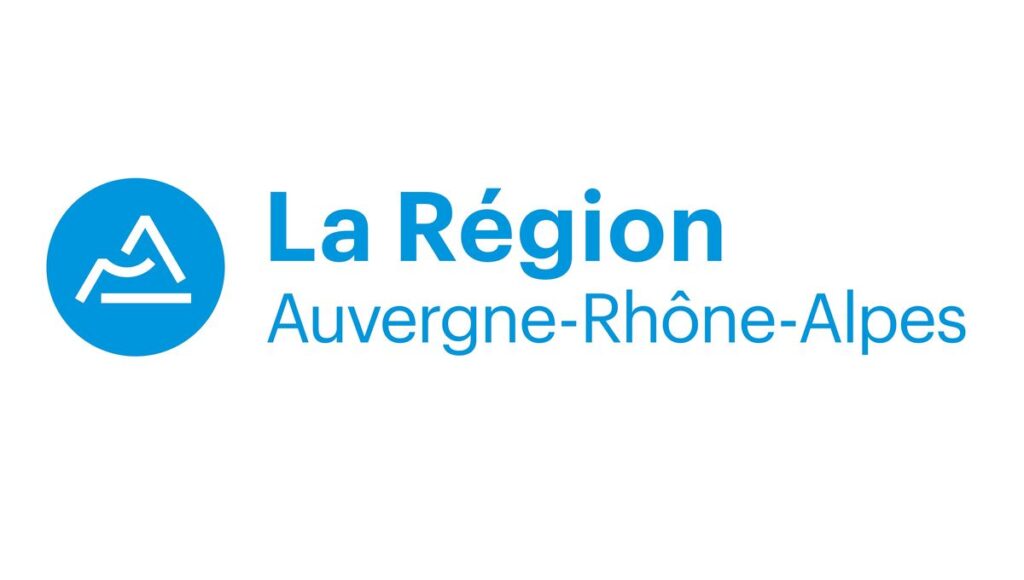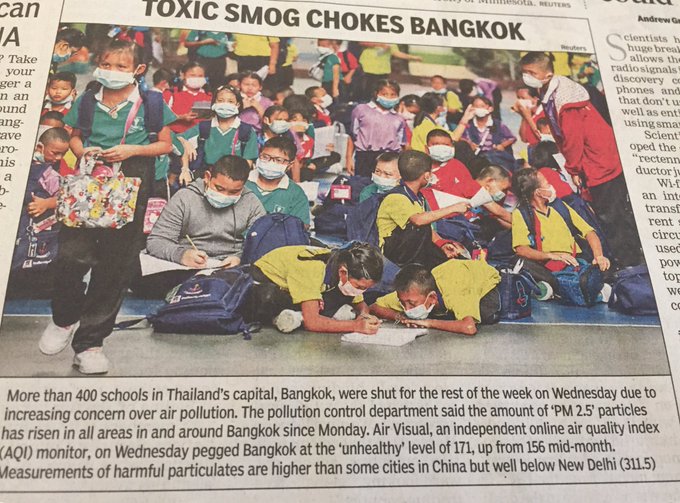Pollution : Major issue for children in Asia
According to an analysis by UNICEF, all children in East Asia and the Pacific, live in countries where air pollution levels are harmful to health. They represent up to 500 million in total. Indoor air pollution, caused by solid fuels used for cooking and heating, is responsible for more than half of the deaths of children under five linked to air pollution.
In total, 325 million children live in countries where the annual average levels of PM2.5 particles exceed more than five times the levels recommended by the World Health Organization (WHO). Moreover, 373 million children live in countries where nitrogen dioxide (NO₂) levels are harmful.
Furthermore, 91% of children in the region, or 453 million, live in countries where air pollution exceeds the thresholds set by the WHO. Nearly half of the PM2.5 particles in countries with the highest pollution levels come from the burning of fossil fuels, biomass, and agricultural waste. They also generate greenhouse gases responsible for climate change.
The case of Thailand
Currently, 67 out of 77 provinces in Thailand were covered by PM2.5 levels. This particule was considered hazardous to health on January 30, 2024. PM2.5 particles are fine particles that measure less than 2.5 micrometers in diameter. These particles are invisible to the naked eye.
They come from various sources, including vehicle emissions, industries, fossil fuel combustion, and forest fires or agricultural burning. In Southeast Asia, a significant portion of the PM2.5 particles comes from seasonal agricultural burning. Thus, it happens particularly during the dry season (from February to April).
PM2.5 particles are so small that they can penetrate deep into the lungs and even enter the bloodstream. Therefore, they are especially dangerous for health. Indeed, they can cause or worsen respiratory problems such as asthma, bronchitis, and other chronic lung diseases. Long-term exposure to PM2.5 can increase the risk of cardiovascular diseases such as strokes and heart attacks. PM2.5 particles are also linked to effects on the nervous system, eye irritation, and may even be associated with long-term cancer risk. The recommended threshold for PM2.5 concentration by the WHO is 25 µg/m³ for an average daily exposure. However, in some Asian cities, the levels often exceed 100 µg/m³, sometimes even much higher. This is the case in Thailand.
Chiang Mai
Chiang Mai is located in northern Thailand, about 700 kilometers north of Bangkok, the capital. It is the second-largest city in Thailand after Bangkok and is surrounded by mountains, making it a popular tourist destination. Chiang Mai is one of the most affected cities by air pollution in Thailand, especially during the agricultural burning season (from February to April). In March 2019, for example, PM2.5 concentrations in this region exceeded 500 µg/m³ at certain points. This is a highly concerning situation for public health.
Bangkok

Bangkok, the capital, also regularly experiences pollution levels that exceed the WHO recommendations.
The capital and the economic center of Thailand, Bangkok has a population of over 8 million people within its administrative boundaries. The city stands out for its rapid growth and its key role in trade, finance, and technology in Southeast Asia. Due to its importance, it attracts foreign investments and serves as a hub for international trade. However, Bangkok faces major challenges, including air pollution and heavy traffic, which affect the quality of life for its residents. These issues remain a crucial concern for managing the city as it continues to evolve.
In February 2020, PM2.5 concentrations in Bangkok were measured at 160 µg/m³ on average. It is much higher than the recommended threshold. The levels of PM2.5 in Bangkok are often influenced by factors such as vehicle traffic, industrial emissions, weather conditions, and, like other parts of the country, agricultural burning in neighboring regions.
- The peak pollution period, particularly during the dry season (February-April), often leads to particularly high pollution spikes. At times, PM2.5 concentrations can reach dangerously high values, well above 100 µg/m³, sometimes even exceeding 200 µg/m³, as observed in 2019 and 2020.
Nakhon Nayok
Nakhon Nayok is a province located in the central region of Thailand, about 100 kilometers northeast of Bangkok. It recorded the highest red zone level of PM2.5 with 114.3 µg/m³ on December 30, 2024.
Consequences
Air pollution in Bangkok led to the closure of 352 out of 437 municipal facilities. The municipal authorities also announced that most public transport would be free for one week starting on January 24, 2025. Furthermore, all employees in Bangkok were asked to work from home on Thursday and Friday due to a new air pollution peak in the Thai capital. « All municipal employees will work remotely on February 15 and 16, » said Bangkok Governor Chadchart Sittipunt on Wednesday evening. He urged partner organizations to take similar measures. The remote work call affected about 60,000 people, he stated.
However, Bangkok’s streets continued to be crowded. The air pollution crisis also forced 352 schools to close, with children advised to wear masks. Some even wore black hoods over their heads throughout the day because they felt the pollution on their bodies. They experienced sore throats, nasal itching, and some even became ill. However, they had no choice as their jobs required them to work outdoors. There were also restrictions for trucks on certain days. Military planes even flew over the capital, spraying cold water in an attempt to disperse the fog suffocating the city and reduce the pollution.
This situation highlights the severe air quality issues and the urgent need for action to address the health risks caused by air pollution in Bangkok and across Thailand.
Conclusion
In conclusion, the alarming levels of air pollution in Bangkok and other parts of Thailand underscore the urgent need for comprehensive measures to protect public health and the environment. The severe impact of PM2.5 particles on children and vulnerable populations, combined with the growing frequency of hazardous pollution peaks, highlights the gravity of the situation. Immediate actions such as improving air quality through stricter regulations, promoting cleaner energy sources, and reducing agricultural burning are essential. Moreover, public awareness and collective efforts from both government and citizens are crucial to tackling this ongoing crisis and ensuring a healthier future for the people of Thailand.










